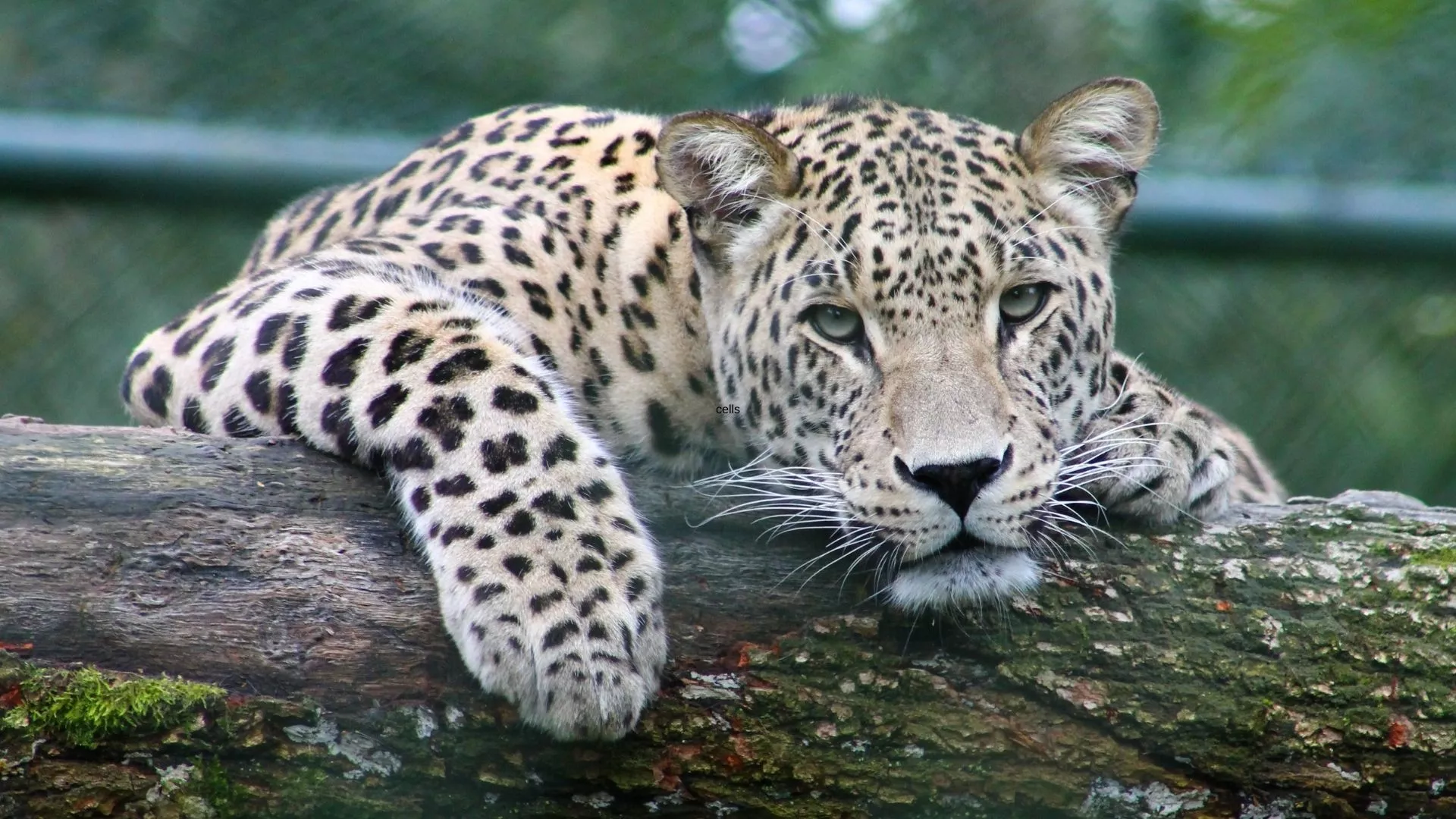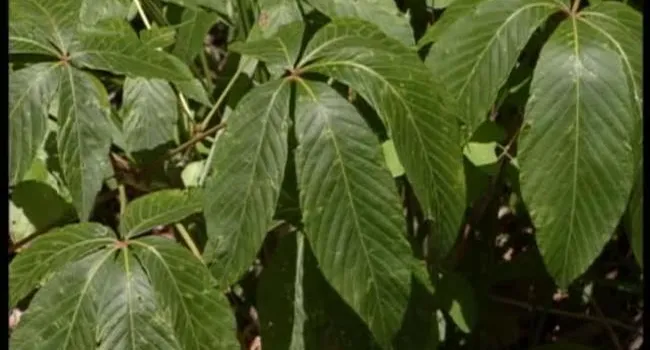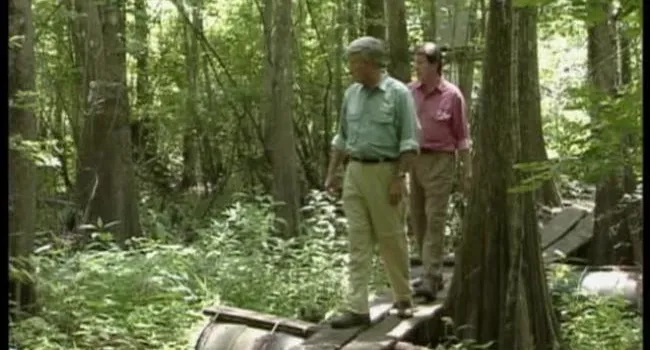
Sumter National Forest (S.C.) Stop 2 2
Episode
2
Video
This area features a wide variety of trees, such as beeches and maples. Lots of wild flowers popping up in this area as well, like Dwarf iris, and Rue anemone. Buckeye shrubs and Sweet shrubs can also...








